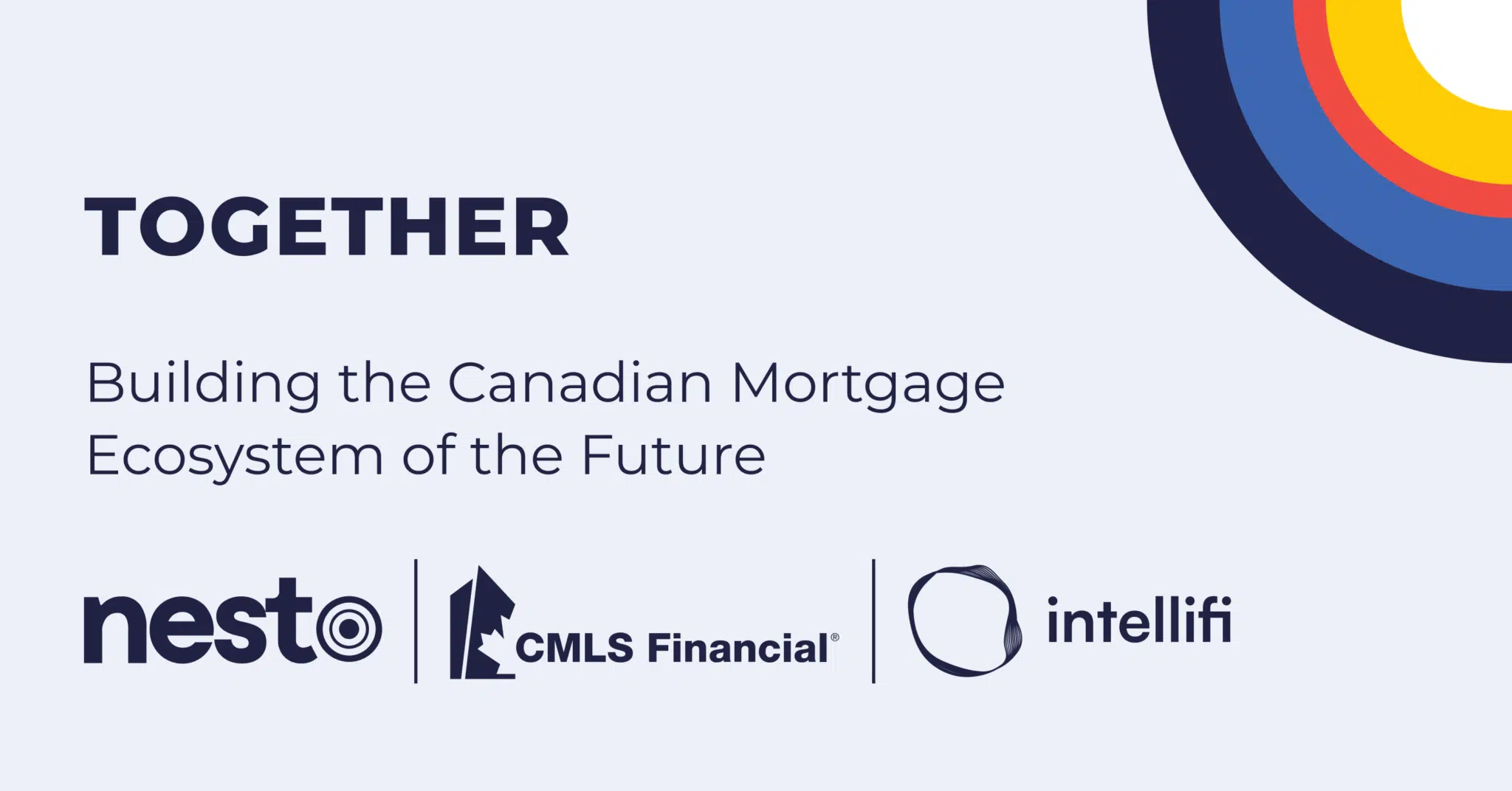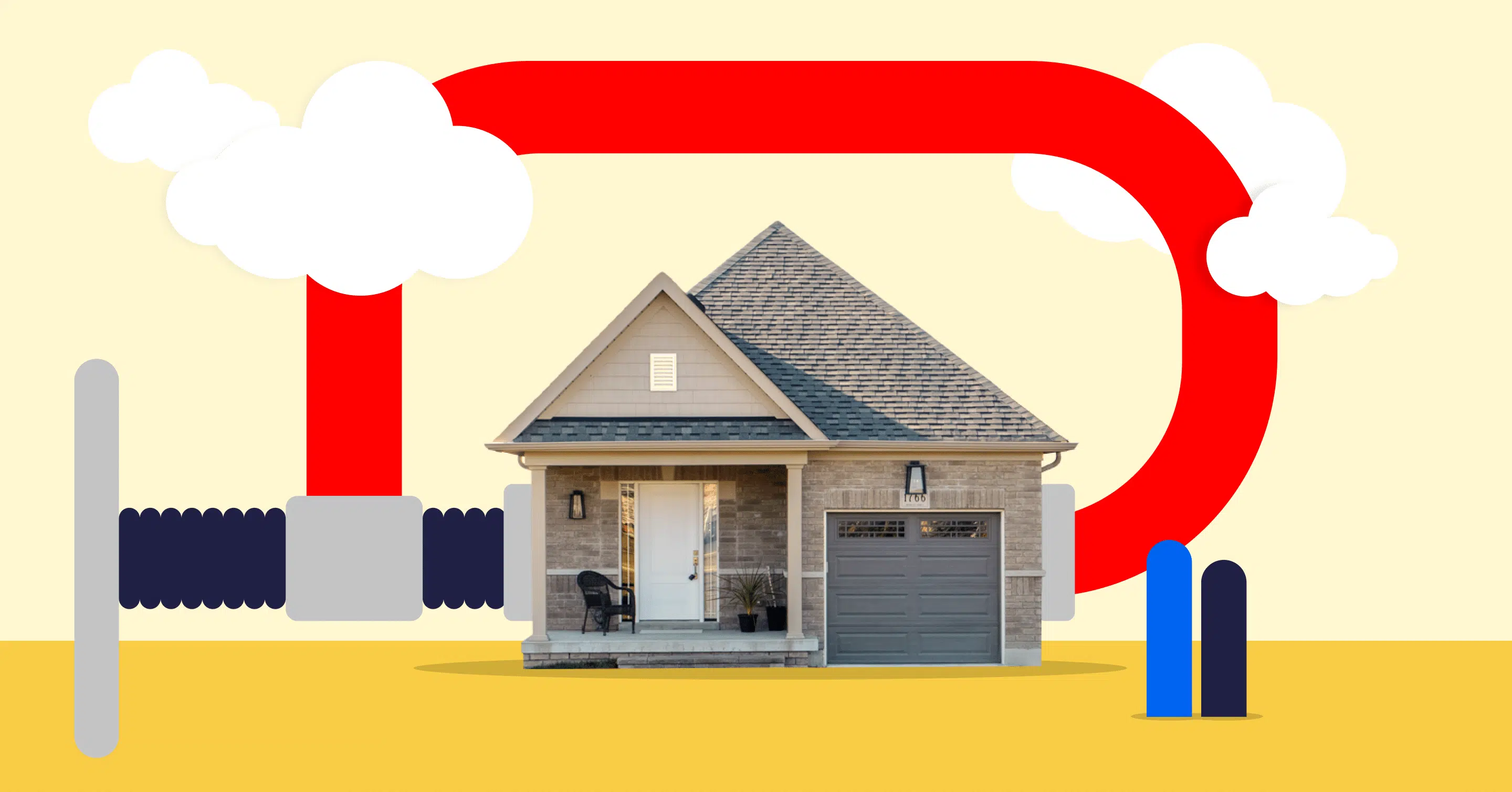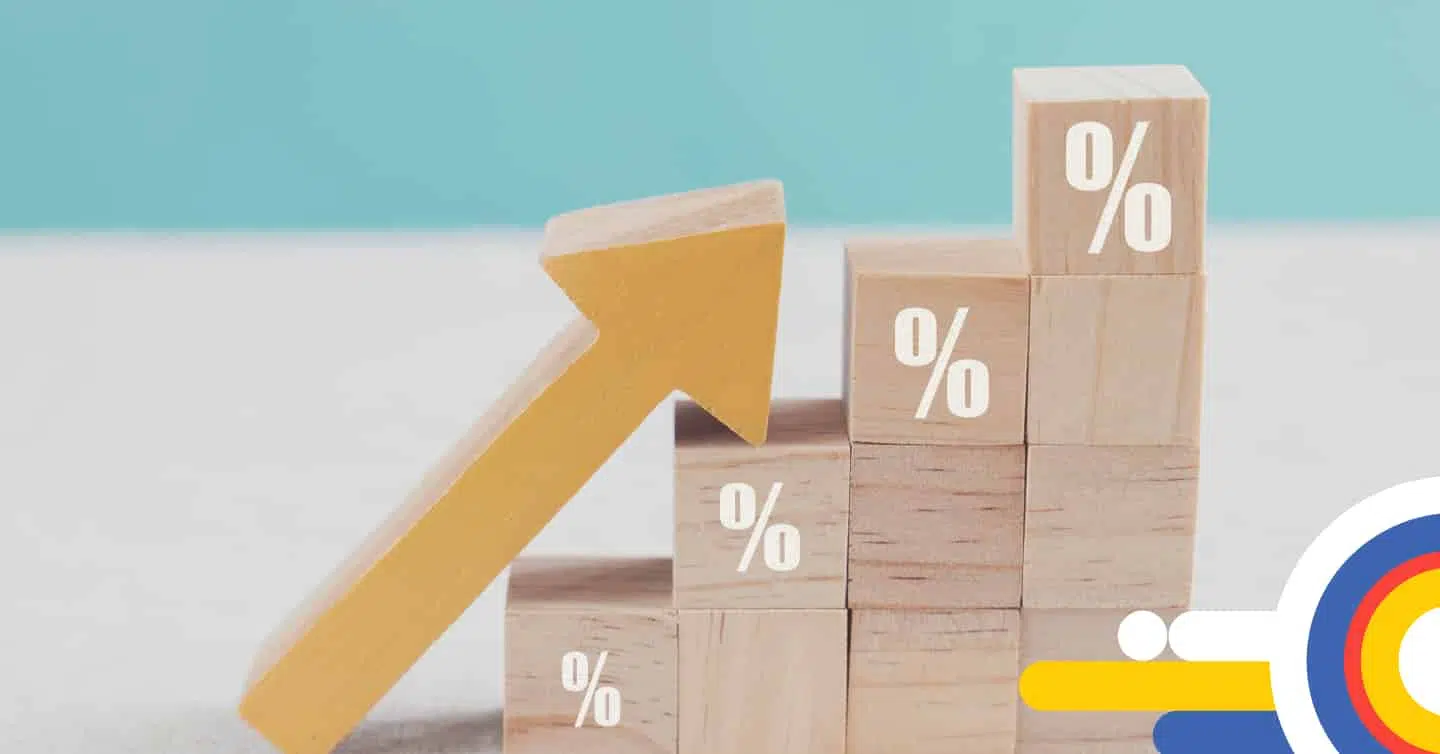Mortgage Basics #Home Buying #Loan Types
Mortgage Basics #Home Buying #Loan Types
A Lender vs B Lender Mortgages

Table of contents
In Canada, many types of mortgage lenders are available to meet a variety of needs. These lenders are broadly divided into A lenders and B lenders. Each type of lender has specific approval criteria that can vary depending on their risk appetite. But what do these terms mean, and why do they matter when securing a mortgage?
With so many lenders to choose from, this post will compare A and B lenders, helping you evaluate which type may be the best fit for your financial situation.
Key Takeaways
- A lenders have stringent qualification and lending criteria and more competitive mortgage rates.
- B lenders provide an alternative mortgage solution for borrowers who may not qualify for A lending.
- The choice between an A and B lender largely depends on your financial situation, credit history, and risk appetite.
What is an A Lender Mortgage?
A lenders are traditional lending sources, including federally regulated banks, provincially regulated credit unions, and other financial institutions. These lenders generally cater to borrowers with strong credit histories, acceptable debt servicing ratios, and stable, predictable, and verifiable income.
The interest rates offered are typically lower because A lenders offer government-backed mortgages or those backed by their own depositors while having strict lending criteria and will lend only to those with lower risk profiles. To be approved, borrowers would need to pass the stress test requirements. Though meeting the strict lending criteria could be challenging, qualifying for a mortgage with a prime lender will ensure you get some of the best rates.
Top A Lender Mortgage Providers in Canada
- Bank of Montreal (BMO)
- Canadian Imperial Bank of Commerce (CIBC)
- Desjardins
- Laurentian Bank
- National Bank (BNC)
- Royal Bank of Canada (RBC)
- Scotiabank
- Toronto Dominion (TD)
What is a B Lender Mortgage?
B lenders, also known as subprime lenders, can include financial institutions and mortgage investment corporations (MICs). These lenders cater to borrowers who may not qualify for a mortgage with an A lender. Most commonly, this lending solution is used by those who need an exception on their debt service ratios due to a lack of personal income if registered as a corporation or the offered solution is non-income qualified (NIQ).
The interest rates offered by subprime lenders may be higher than those offered by an A lender due to the higher risk to the lender and borrower. However, this lending solution is typically more flexible as it does not provide default-insured lending, requiring a 20% or greater downpayment for a home purchase.
Top B Lender Mortgage Providers in Canada
- Equitable Bank (B)
- First National (B)
- Home Trust (Classic)
- MCAP (Eclipse)
- Merix Financial (Lendwise / NPX)
- XMC Mortgage Corporation (Uninsured)
- Optimum Mortgage (CWB)
- RFA (non-prime)
A Lender vs B Lender: Key Differences
When comparing A and B lenders, the major differences exist in their acceptable qualifying criteria. The following describes the key differences between these two types of lenders.
| Qualifying Criteria | A Lenders | B Lenders |
|---|---|---|
| Credit score requirements | Minimum 650 | Minimum 500 (owner-occupied fixed rate) Minimum 600 (owner-occupied variable rate) |
| Required downpayment | Minimum 5% | Minimum 20% |
| Amortization | Up to 30 years | Up to 40 years |
| Lending ratios GDS/TDS (%) | 32/40 to 39/44 | 35/42 to 55/70 |
| Mortgage rates offered | Prime rates | Typically prime rates + 3 to 5% (depending on the amount of lender and broker fees charged) |
| Fees and penalties | IRD or 3 months interest or % of remaining balance | IRD or 3 months interest or % of remaining balance |
| Length of term | Up to 10 years | Typically 3 months to 3 years |
Who Should Consider an A Lender Mortgage?
Borrowers with good credit, verifiable income, acceptable debt service ratios, and at least the minimum downpayment required should consider A lending.
- Salaried employees (2 years verifiable income)
- Credit score of 650 or above
- GDS between 32% and 39%, and TDS between 40% and 44%
Who Should Consider a B Lender Mortgage?
Borrowers with lower credit scores, irregular or unverifiable income sources, or limited Canadian credit history should consider B lending.
- Self-employed (though some A lenders may offer Alt-A options)
- High equity or net worth (though some A lenders may offer total wealth solutions)
- Credit score of 650 or below
Self-employed borrowers benefit the most from B lending. Interest-carrying costs are typically less than the annual taxes on the higher income needed over 2 years to qualify for the same mortgage through A lending. B lending allows self-employed borrowers to leave their income in corporations to avoid personal income taxes.
Understanding How Much Risk You Can Take On
Your choice between A-Lenders and B-Lenders should be based on your financial situation and how much risk you’re willing to take. A-Lenders could offer you the best rates if you have a stable income and a good credit score. However, despite the higher interest rates, B-Lenders might be a better option if your income is inconsistent or your credit score is low.
It’s important to assess any mortgage strategy on a risk-adjusted basis and compare your potential savings to the amount of downside risk you’re willing to take on. This can be done by assessing how a chosen solution helps you attain your short—and long-term goals while identifying potential risks.
If you’re unsure which type of lender is right for you, consider using a mortgage broker. They can help you customize a solution while finding you the best rates, terms and conditions to match your mortgage needs.
If you’re looking for a mortgage lender that offers competitive rates and an easy application process, consider nesto. We provide a digital platform that simplifies the mortgage application process, helping you find the best rates from multiple lenders.
Frequently Asked Questions
Which lenders offer better mortgage rates?
A lenders typically offer better mortgage rates but have stringent lending criteria that reduce their risk. The rates offered will vary depending on your individual circumstances.
Are B lenders more lenient than A lenders?
B lenders are generally more lenient and flexible regarding qualification criteria. They can consider alternative income sources and make exceptions for higher debt servicing ratios. They are often the best option for borrowers who don’t qualify for A lending due to strict qualification criteria.
Do all B lenders require a 20% downpayment?
B lenders require a minimum downpayment of 20% as they do not offer default-insured mortgages.
Do B Lenders provide better mortgage rates than the Big Banks?
B lender mortgage rates are typically higher than those offered by big banks due to the increased risk these lenders take on through approving borrowers who do not qualify for A lending.
Final Thoughts
Many mortgage lenders in Canada provide solutions for borrowers to obtain a mortgage. Choosing between an A or B lender is less about which option provides the better rate and more about the most suitable mortgage solution that matches your financial situation and risk tolerance. Whether you’re a first-time buyer, self-employed, or unable to meet the strict lending criteria of A lenders, many B lenders offer mortgage options tailored to your needs.
Are you looking for a solution that meets your needs? Consult with a mortgage expert at nesto today, and let us help you find the right solution for your needs.
Why Choose nesto
At nesto, our commission-free mortgage experts, certified in multiple provinces, provide exceptional advice and service that exceeds industry standards. Our mortgage experts are non-commissioned, salaried employees who provide impartial guidance on mortgage options tailored to your needs and are evaluated based on client satisfaction and advice quality. nesto aims to transform the mortgage industry by providing honest advice and competitive rates using a 100% fully digital, transparent, seamless process.
nesto is on a mission to offer a positive, empowering and transparent property financing experience – simplified from start to finish.
Contact our licensed and knowledgeable mortgage experts to find your best mortgage rate in Canada.
Ready to get started?
In just a few clicks, you can see our current rates. Then apply for your mortgage online in minutes!















